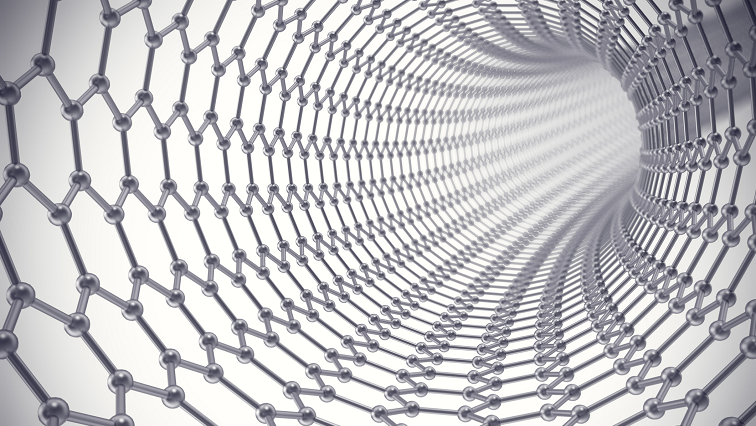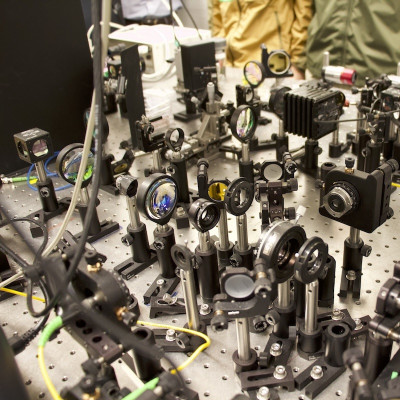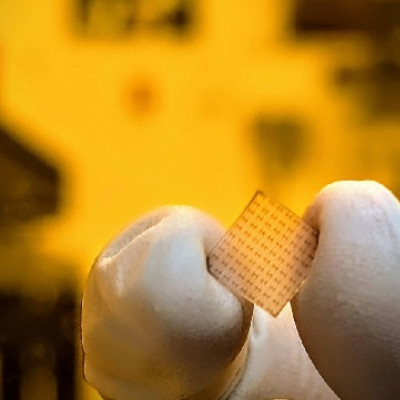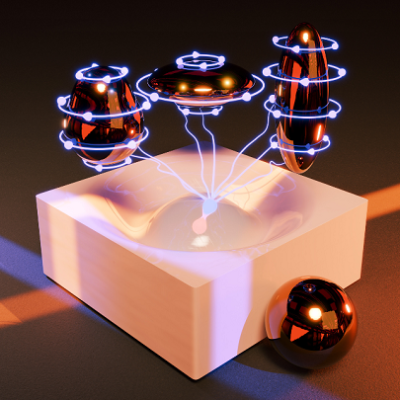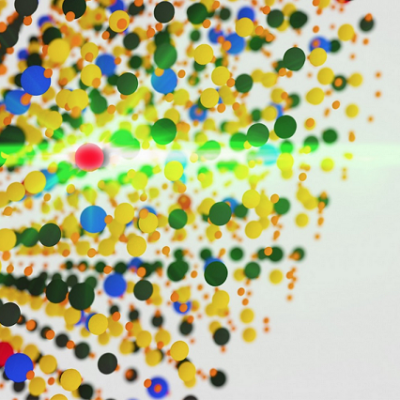Researchers from Tokyo Metropolitan University have made tungsten disulfide nanotubes which point in the same direction when formed, for the first time. They used a sapphire surface under carefully controlled conditions to form arrayed tungsten disulfide nanotubes, each consisting of rolled nanosheets, using chemical vapor deposition. The team’s technique resolves the long-standing issue of jumbled orientations in collected amounts of nanotubes, promising real world device applications for the exotic anisotropy of single nanotubes.
Nanotubes consist of sheets of atoms rolled into a nanoscale tube, turning a two-dimensional sheet into a one-dimensional one. They are known to exhibit a wide range of properties which depend on the way in which the ends of the sheet meet. For example, carbon nanotubes can be either conducting or semiconducting depending on whether there is a “twist” left in the tube structure when a nanosheet is rolled up.

The team’s new synthesis protocol allows for the production of tungsten disulfide nanotubes which point in the same direction. The material they make show the key properties of single nanotubes.
On the other hand, tungsten disulfide nanotubes consist of nanosheets rolled multiple times to create a Swiss-roll-like nanostructure. Interestingly, they are known to always be semiconducting regardless of how they are rolled, making them a prime candidate for application in semiconducting devices. However, for all the desirable properties of single tungsten disulfide nanotubes, real devices require collected amounts of nanotubes in the same place. This can be achieved, but with a major proviso: they usually point in random directions. This is known to have a detrimental impact on properties like carrier mobility which directly affects how useful it is in devices. Any unique optical properties are also masked. No matter how interesting the direction-dependent properties of single nanotubes are, the properties of multiple nanotubes will not reflect these since it is made up of a jumbled pile.
Now, a team led by Professor Kazuhiro Yanagi of Tokyo Metropolitan University have come up with a new technique which may solve this longstanding problem. They used a sapphire substrate with a specific crystalline plane exposed to the surface, providing a template on which nanotubes can be grown. Gases containing tungsten and sulfur were fed to the substrate at precise rates and temperatures to allow for chemical vapor deposition to form multi-walled rolled tungsten disulfide nanotubes on the surface. Under the right conditions, they noticed that the nanotubes all pointed along a specific crystallographic direction. This is the first time that arrayed tungsten disulfide nanotubes have been grown.
The team demonstrated that their arrays of nanotubes collectively still show the exotic, anisotropic properties of single nanotubes, specifically in how they interact with light. They believe their technique will enable application of tungsten disulfide nanotubes to real-world devices which take full advantage of their exotic electric and optoelectronic properties.
Read the original article on Tokyo Metropolitan University.

